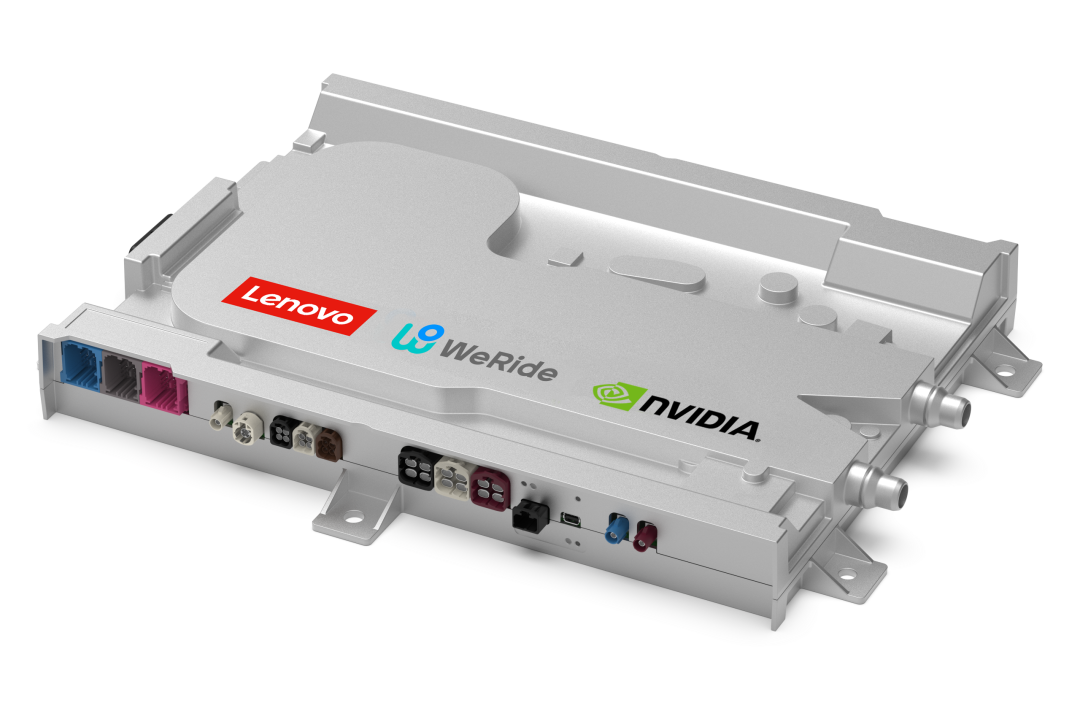On July 21, autonomous driving technology company Wenyan Zhixing announced the official launch of its HPC 3.0 high-performance computing platform, developed in collaboration with Lenovo Vehicle Computing. This platform is first applied in the new generation Robotaxi GXR model. Equipped with NVIDIA's latest DRIVE Thor X chip, the platform provides a new solution for the commercialization of autonomous driving through technology integration and cost optimization. The HPC 3.0 platform is based on Lenovo's Level 4 autonomous driving domain controller AD1, utilizing dual NVIDIA DRIVE AGX Thor chip configuration, delivering 2000 TOPS of AI computing power to support complex tasks like generative AI and visual language models. The platform operates on the safety-certified DriveOS system and is trained through NVIDIA's DGX accelerated computing platform to ensure efficient operation of the autonomous driving system. In terms of system design, HPC 3.0 highly integrates various functional modules such as Ethernet gateways, CAN gateways, inertial navigation, and collision detection, reducing additional hardware requirements. This integrated design not only lowers mass production costs but also simplifies after-sales maintenance processes. According to Wenyan Zhixing, compared to the previous generation product, HPC 3.0 reduces the cost of the autonomous driving suite by 50%, while the total cost of ownership (TCO) decreases by 84%, bringing the mass production price down to a quarter of the previous generation. As an automotive-grade platform, HPC 3.0 has passed multiple certifications including AEC-Q100, ISO 26262, and IATF 16949, utilizing a multi-redundancy design that meets ASIL-D functional safety requirements. Its failure rate is less than 50 FIT (failures per billion hours), with a mean time between failures (MTBF) of 120,000 to 180,000 hours, and a design life covering 10 years or 300,000 kilometers of driving. In terms of environmental adaptability, the platform supports a wide temperature range from -40°C to 85°C and has passed all-scenario tests including high-temperature aging, mechanical shock, and salt spray corrosion, complying with global VOCs environmental standards. These features give it potential for deployment in international markets, particularly in regions with complex climatic conditions such as the Middle East and Southeast Asia. Han Xu, founder and CEO of Wenyan Zhixing, stated that the application of HPC 3.0 significantly improves the reliability and response speed of the Robotaxi GXR while lowering the barriers for commercial deployment. Currently, the GXR has been safely operating on public roads worldwide for over 2000 days, and this technological upgrade will further promote its large-scale rollout. Tang Xinyue, head of Lenovo Vehicle Computing, pointed out that the deployment of the AD1 domain controller marks a move towards standardization and large-scale development of Level 4 autonomous driving technology. In the future, the cooperation between the two parties will expand to Level 4 products such as autonomous minibuses and sanitation vehicles, achieving full coverage in urban mobility, logistics, and municipal scenarios. Ali Kani, NVIDIA's Vice President of Automotive Business, emphasized that the Level 4 system based on NVIDIA's accelerated computing and DriveOS provides critical infrastructure for safe and scalable autonomous driving transport. The collaboration between Wenyan and Lenovo serves as a typical case of technology implementing into the real economy. The launch of HPC 3.0 reflects the ongoing struggle in the autonomous driving industry between enhancing computing power and controlling costs. Through chip selection, system integration, and optimization of production processes, Wenyan Zhixing aims to find a balance between performance and commercialization. Whether the cost reduction can continue to be realized in mass production and the adaptability in international market expansion still requires validation through actual operations. As the 'first global Robotaxi stock,' this technological upgrade may win more confidence for Wenyan Zhixing in the capital market. With the gradual application of the HPC 3.0 platform in more vehicle models, the speed of autonomous driving technology adoption and its commercial value will undergo a new round of assessment.
Wenyan Zhixing Launches HPC 3.0 High-Performance Computing Platform for Robotaxi GXR

Share this post on: